Filter by
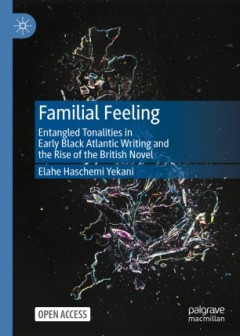
Familial feeling : entangled tonalities in early black Atlantic writing and t…
This open access book discusses British literature as part of a network of global entangled modernities and shared aesthetic concerns, departing from the retrospective model of a postcolonial “writing back” to the centre. Accordingly, the narrative strategies in the texts of early Black Atlantic authors, like Equiano, Sancho, Wedderburn, and Seacole, and British canonical novelists, such as…
- Edition
- -
- ISBN/ISSN
- 9783030586416
- Collation
- -
- Series Title
- -
- Call Number
- 823.709352 YEK f
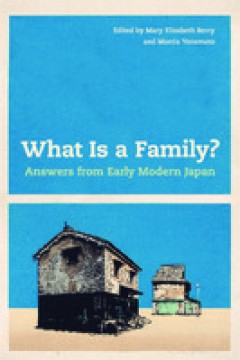
What is a family?: answers from early modern Japah
What is a family? The essays gathered here explore disparate family histories in early modern Japan, attending variously to the samurai elite, agrarian villagers, urban merchants, communities of out castes, and the circles surrounding priests, artists, and scholars. They draw on diverse sources—from population registers and legal documents to personal letters and diaries, from genealogies and…
- Edition
- -
- ISBN/ISSN
- 9780520974135
- Collation
- x, 291 hlm.
- Series Title
- -
- Call Number
- 306.850952 WHA w
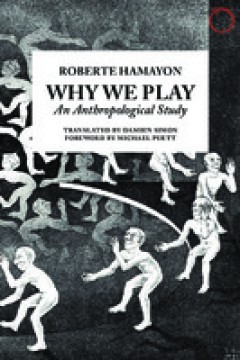
Why we play
Whether it’s childhood make-believe, the theater, sports, or even market speculation, play is one of humanity’s seemingly purest activities: a form of entertainment and leisure and a chance to explore the world and its possibilities in an imagined environment or construct. But as Roberte Hamayon shows in this book, play has implications that go even further than that. Exploring play’s man…
- Edition
- -
- ISBN/ISSN
- 9780986132568
- Collation
- xxi, 370p.
- Series Title
- -
- Call Number
- 790
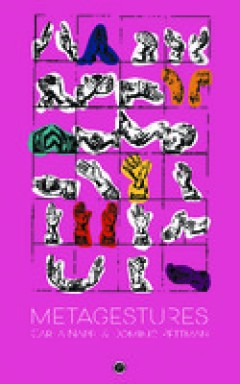
Metagestures
"What kinds of knowledge and understandings of the world can be generated – and shared – when we use para-academic techniques and sensibilities to decode or respond to relatively orthodox intellectual objects? And what worlds might be possible if we practiced scholarly work from a place of collaboration and pleasure, as joyful fellow explorers? In Metagestures, presented in a playful tête-…
- Edition
- 1st edition.
- ISBN/ISSN
- 9781950192267
- Collation
- x, 221p.:
- Series Title
- -
- Call Number
- 813.6 NAP m
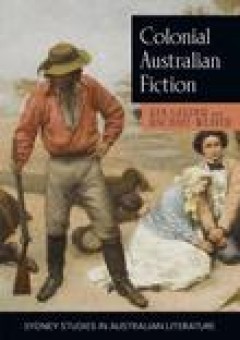
Colonial Australian fiction : characterTypes, social formationsand the coloni…
Over the course of the 19th century a remarkable array of types appeared in Australian literature: the swagman, the larrikin, the colonial detective, the bushranger, the currency lass”, the squatter, and more. Some had a powerful influence on the colonies’ developing sense of identity; others were more ephemeral. But all had a role to play in shaping and reflecting the social and economic c…
- Edition
- -
- ISBN/ISSN
- 9781743324615
- Collation
- -
- Series Title
- -
- Call Number
- 820.9994 GEL c
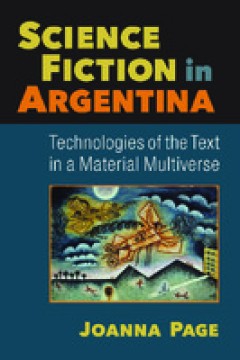
Science fiction in Argentina : technologies of the text in a material multiverse
It has become something of a critical commonplace to claim that science fiction does not actually exist in Argentina. This book puts that claim to rest by identifying and analyzing a rich body of work that fits squarely in the genre. Joanna Page explores a range of texts stretching from 1875 to the present day and across a variety of media-literature, cinema, theatre, and comics-and studies the…
- Edition
- -
- ISBN/ISSN
- 9780472121878
- Collation
- X, 235 p.
- Series Title
- -
- Call Number
- 860.935882 PAG s
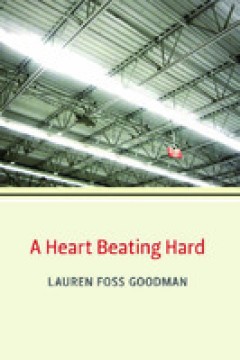
A heart beating hard
Lauren Foss Goodman.
- Edition
- -
- ISBN/ISSN
- 9780472120970
- Collation
- 239 p. ; 23 cm.
- Series Title
- Twenty-first century prose series
- Call Number
- 813.6 GOO h

Playing the text, performing the future : future narratives in print and digi…
This volume examines the structure of text-based Future Narratives in the widest sense, including choose-your-own-adventure books, forking-path novels, combinatorial literature, hypertexts, interactive fiction, and alternate reality games. How ´radical` can printed Future Narratives really be, given the constraints of their media? When exactly do they not only play with the mere idea of multip…
- Edition
- -
- ISBN/ISSN
- 9783110272390
- Collation
- IX, 237 p.
- Series Title
- -
- Call Number
- 808.3 MEI p
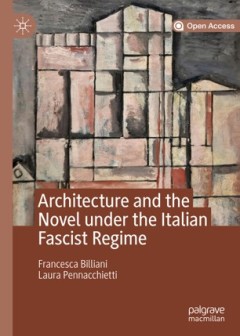
Architecture and the novel under the Italian fascist regime
Architecture and the Novel under the Italian Fascist Regime discusses the relationship between the novel and architecture during the Fascist period in Italy (1922-1943). By looking at two profoundly diverse aesthetic phenomena within the context of the creation of a Fascist State art, Billiani and Pennacchietti argue that an effort of construction, or reconstruction, was the main driving force …
- Edition
- -
- ISBN/ISSN
- 9783030194284
- Collation
- xviii, 229p. : ill.
- Series Title
- -
- Call Number
- 853.9109 BIL a

Science fiction literature in East Germany
East German science fiction enabled its authors to create a subversive space in another time and place. One of the country’s most popular genres, it outlined futures that often went beyond the party’s official version. Many utopian stories provided a corrective vision, intended to preserve and improve upon East German communism. This study is an introduction to East German science fiction. …
- Edition
- -
- ISBN/ISSN
- 9783039107391
- Collation
- 333 p.
- Series Title
- -
- Call Number
- 833.08762099431 FRI s
 Computer Science, Information & General Works
Computer Science, Information & General Works  Philosophy & Psychology
Philosophy & Psychology  Religion
Religion  Social Sciences
Social Sciences  Language
Language  Pure Science
Pure Science  Applied Sciences
Applied Sciences  Art & Recreation
Art & Recreation  Literature
Literature  History & Geography
History & Geography